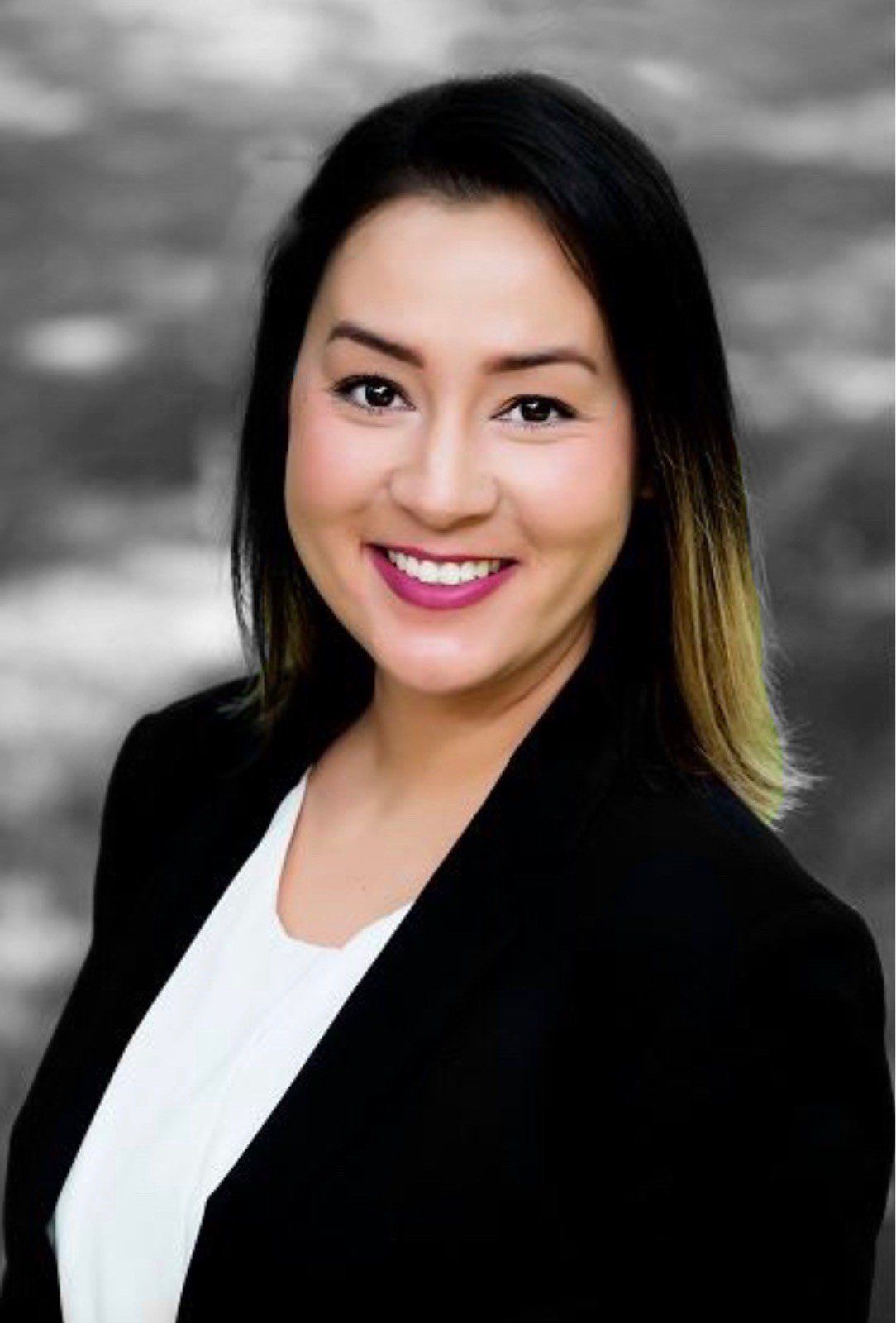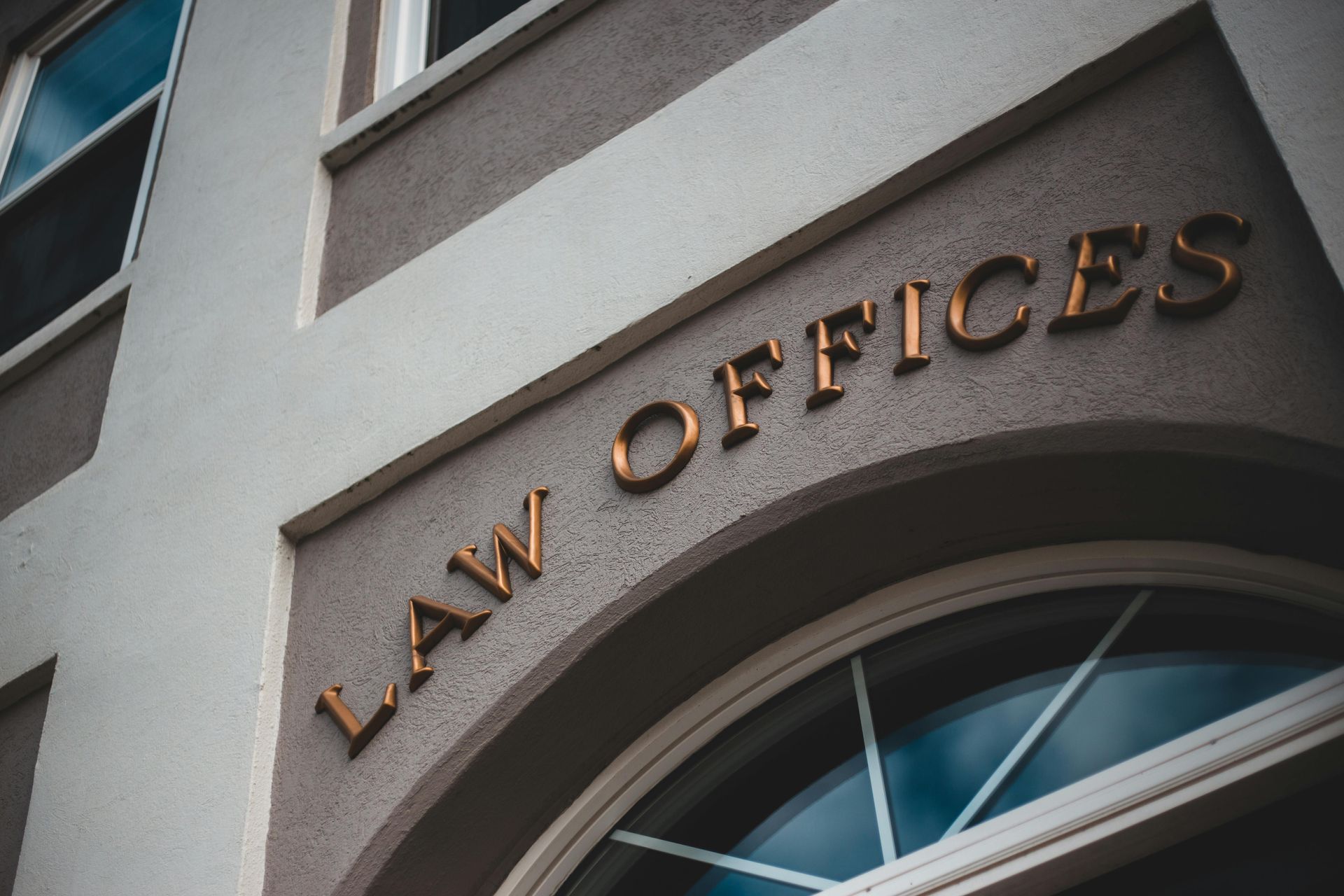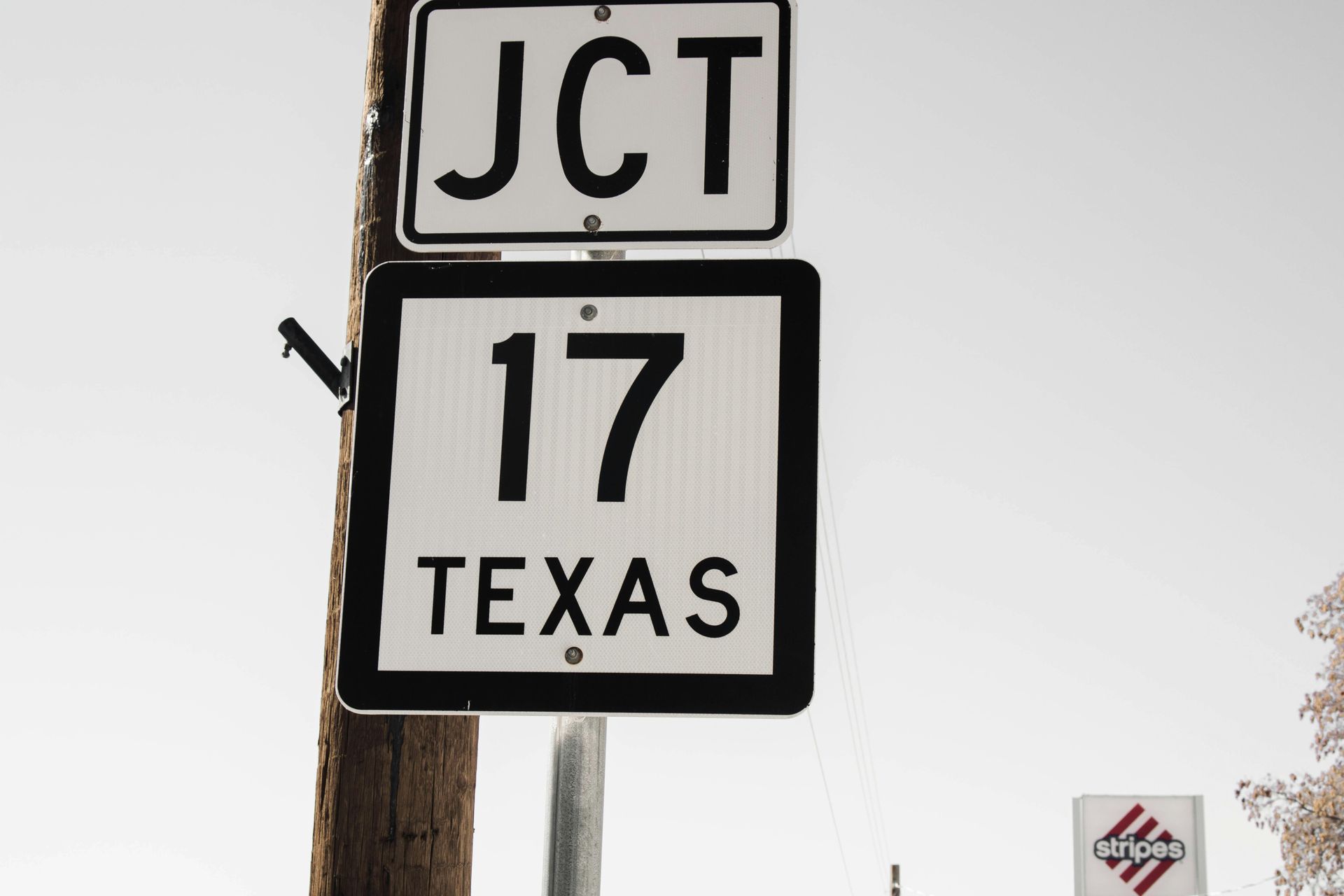Priority Determinations in Trademark Law - Constructive Use Priority
ATTORNEYS IN DALLAS
Discover the complexities of establishing priority of use in trademark disputes, including constructive use priority, common law use, and use analogous to trademark use, and how they impact proceedings before the TTAB and federal courts.
Priority Determinations in Trademark Law - Constructive Use Priority
Priority of use often becomes a fiercely contested matter during proceedings before the Trademark Trial and Appeal Board (TTAB). In some cases, where the goods and services are clearly related and the marks are highly similar, the only dispute revolves around establishing priority. Parties involved in trademark disputes can establish their priority rights based on various grounds, including constructive use priority, common law use, and foreign rights combined with a trademark application in the United States that grants the applicant priority based on the filing date of the foreign application.
Constructive use priority, governed by Section 7(c) of the Trademark Act, applies when a trademark application is filed on the principal register, whether based on actual use or a genuine intent to use. In such cases, the filing date of the application is considered as constructive use of the mark in connection with the goods or services specified in the application. There are only three circumstances that can overcome constructive use in a priority dispute: (1) prior common law use in the United States before the applicant's filing date at the United States Patent & Trademark Office (USPTO), including use akin to trademark use; (2) an earlier filing date at the USPTO; or (3) a foreign application filed before the U.S. application's filing date and within six months of the foreign filing date, with a subsequent U.S. application filed under Section 44(d) at the USPTO.
One important factor to consider when relying on constructive use priority is that the trademark application must eventually result in registration. If the application does not mature into a registration, constructive use priority will not apply. It's worth noting that there is a significant distinction between TTAB proceedings and federal court proceedings regarding constructive use issues. The TTAB can issue a decision favoring a party based on constructive use priority before the registration is granted, while a federal court in an infringement action lacks jurisdiction to hear a claim based on constructive use unless a registration has been issued or alternative common law rights can be asserted. Additionally, the Second Circuit has determined that it will not issue an injunction against an intent-to-use applicant if the plaintiff commenced use after the intent-to-use applicant's filing date. The intent-to-use applicant will be given an opportunity to perfect their rights and complete the registration process.
An often overlooked form of use, known as use analogous to trademark use, can invalidate a constructive use priority date. The TTAB has held that although use analogous to trademark use may not qualify as a basis for a use-based application, it can prevail in a priority battle. For instance, in the case of Shalom Children's Wear Inc. v. In-Wear A/S, the TTAB determined that the opposer's pre-sales activities under the mark constituted use analogous to trademark use, even though no sales occurred until after the applicant's filing date. Other examples of use analogous to trademark use include use in advertising, trade shows, promotional materials, catalogs, trade publications, direct mail solicitations, or any other form of public use intended to reach relevant consumers.
It is important to note that this type of use cannot serve as the basis for a registration application, but it can establish sufficient priority rights to oppose or cancel another party's registration if the use creates an association in the minds of consumers between the mark and the party's goods and services. Use that is deemed "token use" or titles of single creative works have been held not to qualify as use analogous to trademark use. On the other hand, trade name use (any name used by an individual or entity to identify their business) has been recognized as a form of use analogous to trademark use.
Contact an Experienced Trademark Attorney
If you need legal advice regarding your trademark rights, assistance with trademark prosecution, or representation in a domain name dispute, contact Wilson Whitaker Rynell. Our team of trademark lawyers has extensive experience in all aspects of trademark and copyright law, including the filing of trademark applications and representing clients in defense or prosecution before the Trademark Trial and Appeal Board.
- 66(a) Applications
- Abandoning a Trademark Application or Withdrawing a TTAB Proceeding
- Abandonment and Nonuse
- Abbreviations as Trademarks
- Accelerated Case Resolutions
- Acquired Secondary Trademark Meaning
- Amending Trademark Application
- Assigning a Trademark
- Assigning a Trademark and the Intent to Use Application
- Avoiding Fraud on Trademark Applications
- Avoiding Trademark Litigation
- Basis for Filing a Trademark
- Benefits of Registering a Trademark
- Bona Fide Intent to Use
- Celebrity Trademarks
- Challenging the Relatedness Factor
- Challenging Trademark Rights
- Claims in a Notice of Opposition
- Co-Existence Agreements
- Common Law Trademarks in the Internet Era
- Common Law Use and Priority
- Conflicting Marks
- Consent Agreements
- Constructive Use Priority
- Dates of Use
- Defenses in Opposition and Cancellation Proceedings
- Descriptive or Generic Trademarks
- Design Marks
- Design Trademarks
- Determining Trademark Similarities
- Discovery in TTAB Proceedings
- Dividing a Trademark Application
- Drawing Page
- Electronic Display Specimens for Trademarks
- Evidence in TTAB Proceedings
- Evidence of Acquired Distinctiveness
- Expediting Trademark Cancellation for Nonuse or Abandonment
- Extending Time to Oppose
- Factors of a Likelihood of Confusion Analysis
- False Suggestions of Connection
- Famous Trademarks and Likelihood of Confusion and Dilution
- Filing an Opposition or Cancellation Proceedings
- First Sale Doctrine
- Five Years of Use
- Foreign Trademark Rights
- Generic Trademarks
- Geographic Trademarks
- Hiring Trademark Counsel
- Immoral and Scandalous Trademarks
- Incontestability of U.S. Trademarks
- International Trademark Filings
- Joint Trademark Ownership
- Lawful Use of a Trademark in Commerce
- Likelihood of Confusion Analysis
- Likelihood of Confusion Refusal
- Merely Descriptive Trademarks
- Multiple Bases for a Trademark Application
- Overcoming and Ornamentation Trademark Refusal
- Personal Name Trademarks
- Principal and Supplemental Registers
- Protecting Single Creative Works
- Recording Trademark Assignments
- Refusal of a Trademark
- Refusing a Trade Dress Application
- Registering a Certification Trademark
- Registering a Service Mark
- Registering a Trademark That Lacks Inherent Distinctiveness
- Registering an International Trademark
- Relatedness of Goods or Services
- Request for Reconsideration in Trademark Office Action
- Requirements for International Trademark Application
- Revive an Abandoned Trademark Application
- Secondary Meaning
- Source Confusion
- Special Trademark Applications
- Standard Character and Special Format Marks
- Standing in Opposition and Cancellation Proceedings
- State Trademark Registration
- Statement of Use Extensions
- Tacking Doctrine
- Technical Trademark Use
- The Supplemental Register
- Trade Dress
- Trade Dress Application
- Trademark Application
- Trademark Clearance Searches
- Trademark Disclaimers
- Trademark Licensing
- Trademark of Authors, Performing Artists, and Characters
- Trademark Ownership
- Trademark Protection In Texas
- Trademark Settlements
- Trademark Specimens
- Trademark Specimens
- Trademark Use by Related Company
- Trademark Use in Advertising
- Trademark Use in Commerce
- Trademarking a Distinctive Mark
- Trademarking a Hashtag
- Trademarks for Musical Artists
- TTAB Discovery Rules
- TTAB Proceedings
- U.S. Service Mark
- U.S. Trade Dress
- Understanding Trade Channels
- Unitary U.S. Trademark
- Universal Symbols as Trademarks
- Using Secondary Sources
- What is an Ex Parte Appeal?
- Where to Register a Trademark
- Who Must File a Trademark?
CLIENT MATTERS
5,000+
YEARS OF SERVICE
25+
Award Winning
Recognized in the legal industry as dedicated board-certified lawyers and Rising Stars.
Expert Team
Your project will be handled by legal experts every time. You will have the most experienced attorneys working for you.
Quality Representation











